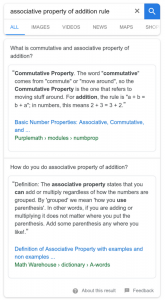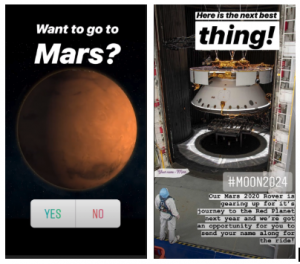As a CSM or customer success leader, you know the importance of success – not just for your customers, but for your department and your business as a whole. But what is the best way to define success in these avenues?
Success isn’t based on “we think” or “we feel”. It’s based on data. And to get good data, you have to have good metrics in place.
In the Software-as-a-Service (SaaS) space, it’s important to follow the right data points in order to make smart, customer focused decisions. Here’s our take on a short list of top SaaS metrics your CSM team needs to monitor:
#1: Customer Retention Rate
Your sales team will tell you: getting new customers can be difficult. Generally speaking, it’s much easier to retain an existing customer than find a brand new one. Think about it: millions of people overpay on things like insurance, cable, and internet service, simply because it’s easiest to stick with the status quo. The same is true in business, though many businesses are better than the average consumer at evaluating expenditures.
It’s precisely because getting new customers is so difficult that customer retention rate – the percentage of your customers that remain customers for a specified length of time – becomes a core metric for your SaaS product.
Tip: Struggling with improving your customer retention? Check out these 6 customer retention strategies that are here to stay.
#2: Churn Rate
Your churn rate is the rate at which customers are leaving your SaaS product. Obviously, you want to strive for a very low churn rate. At first glance, it might seem like customer retention rate and churn rate are an inverse proportion and therefore you don’t need to measure both. However, this is not the case.
While you need to be evaluating why the retained customers stay, it’s just as important to evaluate why the leaving customers leave. Are they dissatisfied with your product? Is a new competitor edging in on price or features? Is the product reaching end of life or obsolescence?
Make the effort to learn as much as you can from your outgoing customers. This data, when you can get it, is priceless.
Tip: Together with the positive feedback you get from your satisfied customers it paints a clearer picture of your product. And better yet, save your at-risk customers before they become churn with these 4 strategic steps.
#3: Net Promoter Score (NPS)
Net Promoter Score, or NPS, is an established, popular metric for measuring how your customers view your company or product. This score is calculated through surveys of your current (and sometimes former) customers. They give a score from zero to 10 on a range of questions, and you can use software to calculate an NPS based on their answers.
The goal of NPS is to see whether you’re winning hearts and minds (and gaining promoters among your customer base). A high NPS means you have more promoters than detractors, and a low NPS means the opposite.
Tip: If the numbers aren’t what you want to see, probe deeper with questions that get to the root of those low numbers. If the numbers spike or drop suddenly, look for correlated trends to find potential reasons. Take a look at how we’re bringing together NPS and customer success metrics.
#4: Average First Response and Resolution Times
In this day and age of Netflix binge watching, no one likes to wait. That’s why the average first response time and average resolution time are key metrics for SaaS customer success teams to monitor. The first metric measures how long a person waits before someone at your company responds to their issue. If it’s too long, you’re upsetting your customers.
The second metric averages the time it takes to resolve a problem or close out a ticket. Again, the faster, the better.
Do these metrics really matter for customer success teams? Yes! We all know it from our personal lives. Recently I had to take my iPad in for repair. I drove to the Apple store, walked in, talked to someone, and got my device fixed in about 30 minutes. It was a breeze: a customer service (and customer success) win.
Compare that to the nightmare of getting my spouse’s faulty Android tablet replaced. With no store to visit, I spent hours on the phone over the course of two months.
OS wars aside, which company do you think is getting our money come upgrade time?
Tip: What is email telling you about your customers? Check out these 5 customer email responses that indicate customer health and risk.
#5: Product Engagement
Engagement as a metric may seem more useful to other groups, but it’s important for customer success teams, too. Knowing how frequently users are interacting with your SaaS and which parts they are using empowers you to focus your team’s training on the most important parts of your platform.
Tip: Setting your customers up for success starts with onboarding them correctly from the beginning of the customer journey. But how do you get started with the right engagement model? These 4 engagement models – ranging from high touch post onboarding to low touch onboarding and even a hybrid approach – will point you in the right direction.
Ready to start monitoring these SaaS metrics (and more)?
These SaaS metrics are the perfect place for your CSM team to start, but there’s so much more that could be said. That’s why we’ve created a free eBook: The Ultimate Guide to SaaS Customer Success Metrics. We offer this free resource to you as a next step in the process of establishing the right metrics for your CSM team.
Business & Finance Articles on Business 2 Community
(109)
Report Post






